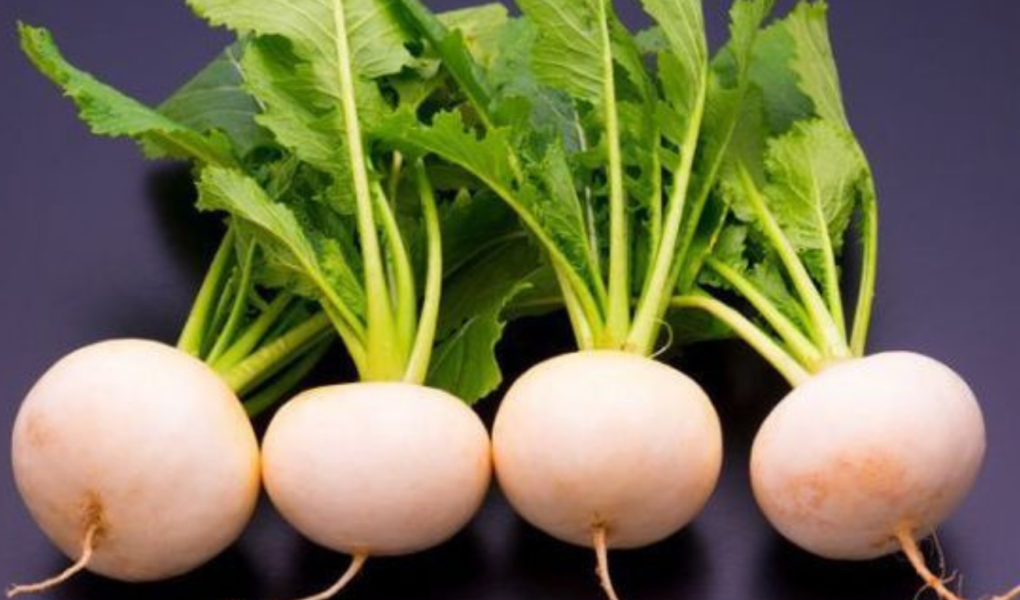Turnips, those unassuming root vegetables, have found themselves at the center of humor for centuries. While they may not be the first thing that comes to mind when you think of comedy, Turnips have a unique place in the world of humor, both as a punchline and as a symbol of absurdity. This blog post explores the turnip’s comedic history, its role in literature and pop culture, and why it continues to be a surprisingly effective tool for humor.
A Brief History of Turnips in Humor
The turnip’s comedic journey began long before modern-day memes and stand-up comedy. In medieval Europe, turnips were often used as props in folk plays and festivals, where they were tossed around or used in slapstick routines. The simplicity and ubiquity of the turnip made it an easy target for jest, especially in a time when the vegetable was a staple in the diets of both peasants and the more affluent.
Turnips also made appearances in the work of William Shakespeare, whose plays are known for their wit and humor. In Henry IV, Part 2, Shakespeare refers to the head of a character as “a poor madman’s turnip.” This line, while subtle, captures the essence of the turnip as a symbol of foolishness or simplicity.
In the centuries that followed, turnips continued to appear in humorous contexts, often as a symbol of something mundane or ridiculous. They were used in political cartoons to mock the foolishness of leaders, and in rural jokes to poke fun at the simplicity of country life.
The Turnip in Literature and Pop Culture
The turnip’s comedic appeal isn’t limited to folk plays and Shakespearean drama; it has also found a place in literature and pop culture. One of the most famous examples comes from the children’s book The Giant Turnip (also known as The Enormous Turnip), a Russian folktale that has been retold and adapted countless times.
In the story, an old man plants a turnip that grows so large that he cannot pull it out of the ground by himself. He enlists the help of his wife, their granddaughter, a dog, a cat, and even a mouse, but it’s only when they all pull together that the turnip finally comes free. The tale is charmingly absurd, and the image of a giant turnip requiring such an elaborate effort to uproot adds to its comedic value.
Turnips have also made their way into more modern forms of entertainment. For instance, in Terry Pratchett’s Discworld series, a parody of a beloved fantasy series, turnips are often used to poke fun at the seriousness with which epic tales are usually told. In Pratchett’s world, turnips symbolize the mundane in a realm of magic and adventure, and their very presence in such a setting becomes a source of humor.
In recent years, turnips have even become a subject of internet humor, particularly in memes and viral videos. The idea of a turnip as a joke may seem bizarre, but it’s precisely this absurdity that makes it funny. In a world where comedy often relies on shock value or complex wordplay, the simple turnip stands out as a refreshingly straightforward source of humor.
The Turnip as a Symbol of Absurdity
One of the reasons the turnip works so well in humor is because of its inherent absurdity. The turnip is a root vegetable that is neither particularly glamorous nor exotic. It’s common, slightly awkward-looking, and has a name that’s just a little bit funny to say. This makes it an ideal symbol for something that is meant to be taken lightly or not taken seriously at all.
The absurdity of the turnip is often used to contrast with more serious or lofty concepts. For example, in political satire, the turnip might be used to mock a politician who is taking themselves too seriously, by comparing their grandiose ambitions to something as humble as a turnip. This use of the turnip as a comedic foil highlights the ridiculousness of the situation and brings it down to earth.
In the world of online humor, the turnip has found new life as a meme. Turnip memes often play on the vegetable’s simplicity, using it to poke fun at the complexities of modern life. For example, a meme might juxtapose a picture of a turnip with a quote about existential angst, creating a humorous disconnect between the image and the text.
The absurdity of the turnip also lends itself well to wordplay and puns. Phrases like “turnip for what?” or “turnip the volume” are groan-worthy, yet they have a certain charm because of their playful use of language. The pun is one of the oldest forms of humor, and the turnip, with its easy-to-manipulate name, is a perfect vehicle for this type of joke.
Turnips in Stand-Up Comedy and Modern Jokes
Stand-up comedians are always on the lookout for new material, and while the turnip might not be the most obvious choice, it has made its way into some routines. The key to using a turnip in stand-up is the element of surprise. The audience doesn’t expect a joke about a turnip, so when it happens, it catches them off guard and makes the punchline even funnier.
For example, a comedian might build up a story about a frustrating day, only to end it with an absurd detail about a turnip. The humor comes from the fact that the turnip is completely unexpected and out of place in the narrative. This kind of humor plays on the audience’s expectations, subverting them in a way that is both surprising and amusing.
Another approach is to use the turnip as a metaphor for something else. For instance, a comedian might compare the process of trying to understand modern technology to trying to peel a turnip with a spoon. The image is absurd, but it also resonates with anyone who has ever struggled with something that seems needlessly complicated.
The turnip’s versatility as a comedic tool is part of what makes it so enduring. It can be used in a variety of ways, from slapstick to wordplay to satire, and it never quite loses its comedic appeal.
Turnips and the Art of Deadpan Humor
Deadpan humor, where the comedian delivers absurd or ridiculous statements with a completely straight face, is another area where the turnip shines. The key to deadpan is the disconnect between the seriousness of the delivery and the absurdity of the content.
Imagine a comedian talking at length about the best ways to cook turnips, treating the subject with the same gravity as one might discuss world politics. The sheer absurdity of the situation – the idea that anyone could care so deeply about something so mundane – is what makes it funny.
This type of humor works because it takes something that is inherently unimportant and elevates it to a level of undeserved importance. The turnip, being such a simple and ordinary vegetable, is the perfect subject for this kind of joke. The audience is in on the joke, understanding that the humor comes not from the turnip itself, but from the seriousness with which it is being discussed.
Turnips and Cultural References
Turnips have also found their way into cultural references that play on their comedic potential. For example, in British comedy, turnips are sometimes used as a symbol of rural life and simplicity. This can be seen in television shows like Blackadder, where the character Baldrick often talks about his love for turnips in a way that highlights his lack of sophistication.
These cultural references tap into a shared understanding of the turnip as a symbol of something ordinary and unremarkable. By using the turnip in a comedic context, these shows are able to play on the audience’s expectations and create humor out of the mundane.
In the United States, turnips have also appeared in popular media, though often in a more absurdist context. Shows like The Simpsons and Family Guy have used turnips in throwaway gags, where the humor comes from the sheer randomness of the vegetable’s appearance. These moments are often fleeting, but they tap into the same idea of the turnip as a symbol of absurdity.
The Turnip’s Role in Contemporary Humor
As we move further into the digital age, the turnip’s role in humor continues to evolve. With the rise of social media and the meme culture that accompanies it, the turnip has become a recurring character in the world of online jokes.
One of the reasons the turnip has been able to maintain its place in humor is because of its adaptability. It’s a vegetable that can be used in a variety of ways, from puns and wordplay to absurdist humor and satire. The turnip’s inherent simplicity and ordinariness make it a blank slate onto which any number of jokes can be projected.
In a world where humor is often fast-paced and constantly changing, the turnip remains a reliable source of comedy. Its continued presence in jokes and memes is a testament to its enduring appeal, and a reminder that sometimes the funniest things are the ones we least expect.
Conclusion: The Enduring Comedy of Turnips
The turnip, despite its humble appearance and mundane nature, has carved out a niche for itself in the world of humor. From medieval plays to modern-day memes, the turnip has proven to be a surprisingly versatile and enduring source of comedy.
Whether used as a symbol of absurdity, a vehicle for wordplay, or a tool for satire, the turnip continues to make people laugh in ways that are both simple and profound. Its very ordinariness is what makes it funny, allowing it to be used in a variety of comedic contexts.




